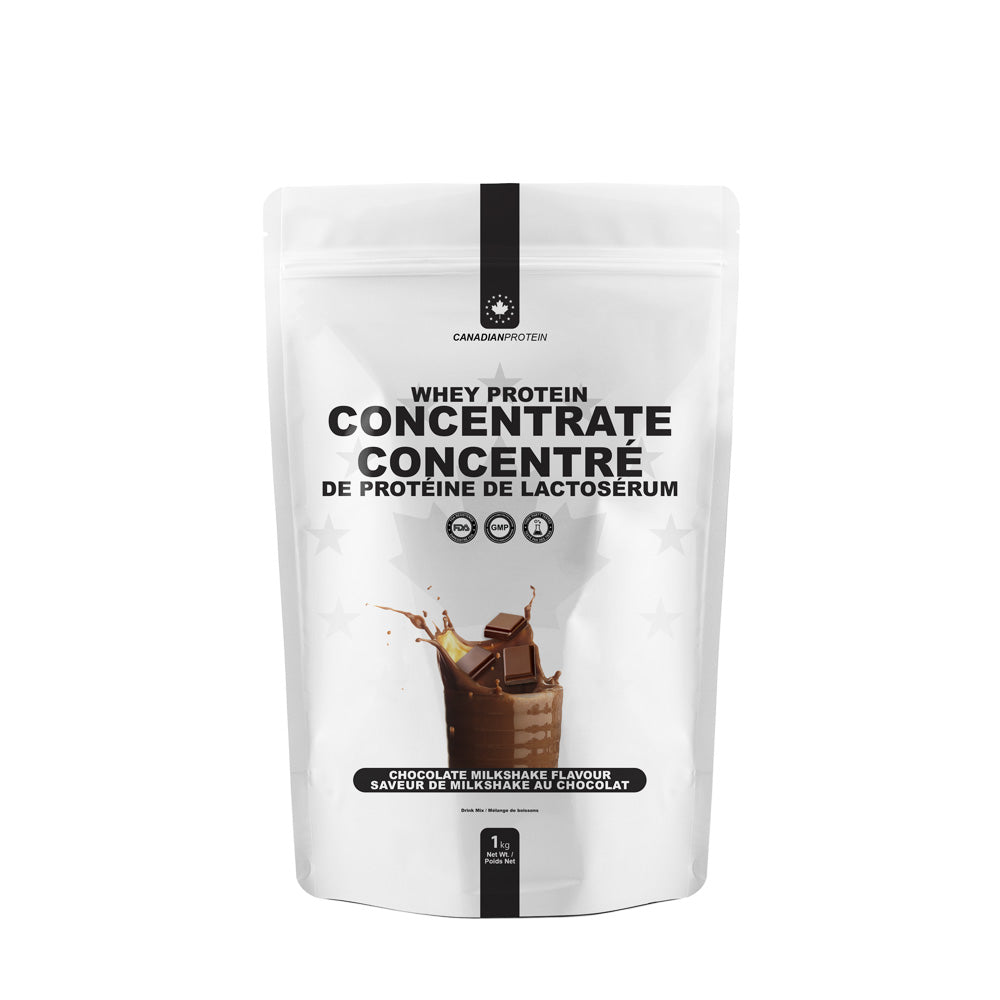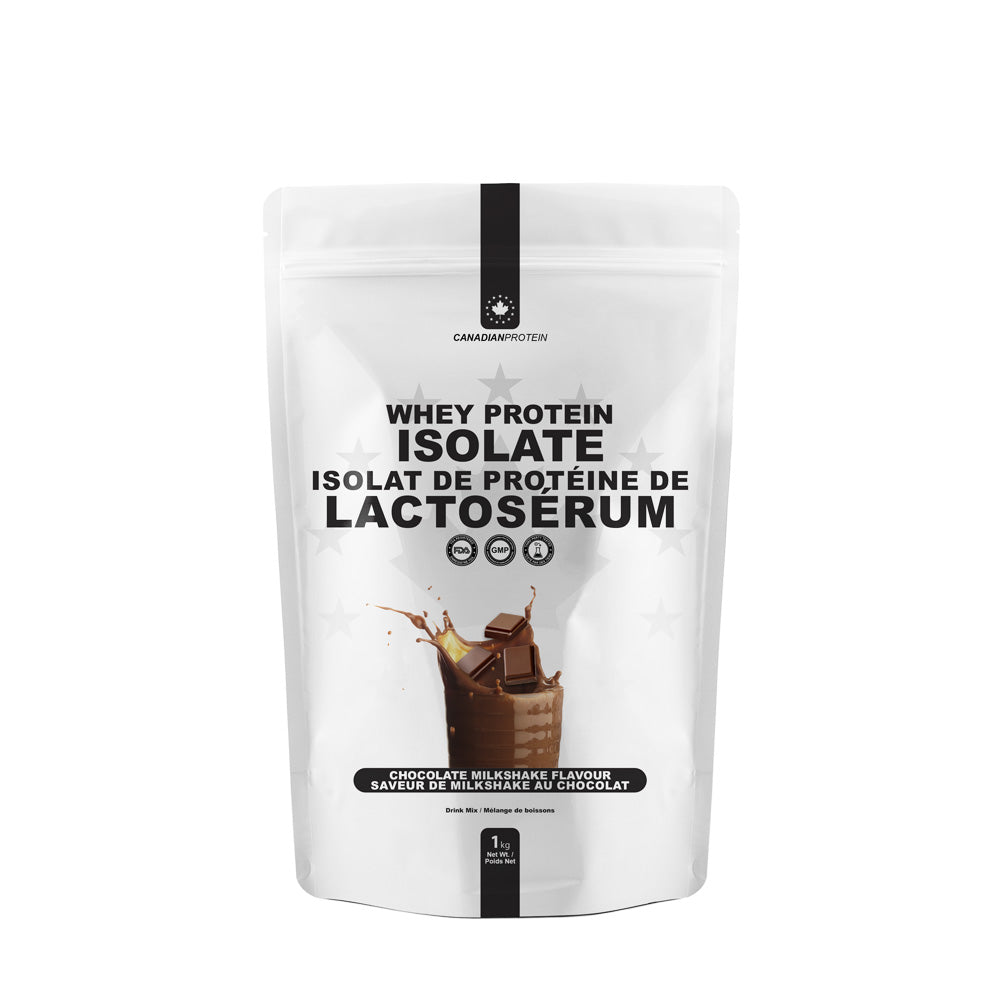In bodybuilding, it’s safe to say that different people have different strengths and different weaknesses, that’s what makes us all so unique. For example, some people have huge arms and small shoulders. Some have wide backs and small legs. Whatever your strengths and whatever your weaknesses, with the right training and the right knowledge, you can improve virtually any body part that you like. In terms of aesthetics, a big, full, and powerful looking chest is an extremely desirable look, similar to that displayed by Arnold Schwarzenegger in his prime for example. The problem is that adding mass to the chest is notoriously difficult, even if you happen to have pretty decent chest genetics to begin with. If your chest genetics pretty much suck however, you may be tempted to call it quits and ask yourself “what is the point”? Rather than throwing in the towel however, you should instead think logically, and remind yourself that with the right training methods, plus a little help from the experts, you can, and will, make the improvements that you require. If you’re fed up of being pigeon chested and want to add some serious mass and definition to your pecs, take a look at these six tips from the pros, guaranteed to help you build a bigger and fuller chest in no time at all.
Focus on your upper chest

The chest is actually split into three different sections: lower, middle, and upper, with each section helping to add overall mass and definition in different ways. When training chest however, most people tend to train the middle part of the chest, as that is the part that is trained by some of the more common chest exercises such as push ups or flat bench presses. However, what you may not have known, is that your upper chest actually makes up the majority of your overall chest size, so to develop a set of huge and defined pecs, you will need to make your upper chest your main priority when training. As far as training the upper chest goes, there are several different exercises you can perform, though arguably the most effective exercises are incline dumbbell or barbell presses.
Keep things simple
One of the main problems that people encounter when trying to increase their chest sizes, is to go into the gym and try out a variety of complex and different exercises they found online on various websites, that, whilst perhaps being interesting, and useful for people who are looking for a change to their training routine, are pretty pointless for a majority of people. If you’re looking to add mass and definition to your chest, forget about trying to get fancy, and instead stick with simple exercises and movements that have been proven time and time again to be extremely effective. Rather than constantly switching up your routine every other week, you should instead stick with a tried and tested formula that you know works, and take things from there. For that reason, experts recommend that you stick with old-school bodybuilding favourites, the meat and potatoes of the gym as it were. Compound movements such as barbell bench presses, are ideal, as are dumbbell presses, push ups, hammer strength machines, and cable exercises including crossovers.
Increase chest strength

With strength comes size, so if you’re trying to add serious mass to your pecs, stick with exercises that will also help to strengthen your chest. Again, bench presses are ideal, as are other compound exercises that will benefit the chest. You may not realise it, but strengthening your triceps will also make your chest stronger as the triceps play a key role in power generated by the chest muscles. Obviously you don’t need to be able to bench press several hundred pounds, but if you can make your chest stronger, even by a little this incremental increase in strength will make your workouts more productive, and will therefore allow you to pack much more size and definition onto your chest, which is exactly what you should be looking to do.
Loaded stretching
Another fantastic tip from the pros to really ramp up your chest training is to finish up your chest workouts with what is known as loaded stretching. Loaded stretching, or fascial stretching, as it is sometimes called, requires individuals to use very light weights to stretch fascia muscle tissue which surrounds your entire chest. This benefits the chest as once the fascia opens up and responds to the stretching, when it repairs itself it leads to an increase in chest mass.
Low volume

Many people when trying to increase chest size seem to think that the more they do, the better their results will be, when in reality quite the opposite is true. when talking about chest training, less is most certainly more and for that reason you should aim to keep volume relatively low, with no more than around 10 sets per chest workout. Anymore than this could potentially lead to overtraining, which would basically result in the chest muscles being so overworked that they don’t actually have the time to fully grow or repair themselves at all, which is incredibly detrimental and is the last thing you want when trying to add mass and definition. Keep the volume low and the intensity high, really focusing on squeezing and contracting the pecs during each rep, and you’ll notice your chest responding to your training in a matter of weeks.
Don’t forget your protein
So far we’ve only really concentrated on the training aspects associated with building up your chest, so now we’ll take a look at the nutritional side of things, by taking a look at the importance of protein in your diet. This vital macronutrient plays a vital role in the function of our cells, not to mention the fact that it is vital for the growth and repair of muscle tissue. In order to benefit from the muscle building potential of protein, experts recommend between 1 and 2 grams of protein per pound of bodyweight, which should come primarily from whole food sources. Some of the best examples of healthy protein sources include lean meats, seafood, fish, organic eggs, nuts, and seeds. On top of whole food sources, to help enable you to meet your daily macro requirements for protein, it is also advised that you invest in a good quality protein supplement such as whey protein. Protein supplements have been proven to increase muscle mass when used alongside a healthy and balanced diet, and productive training regime. For that reason, anybody looking to build muscle on their chests, or anywhere else for that matter, should ensure they’re consuming enough daily protein.













